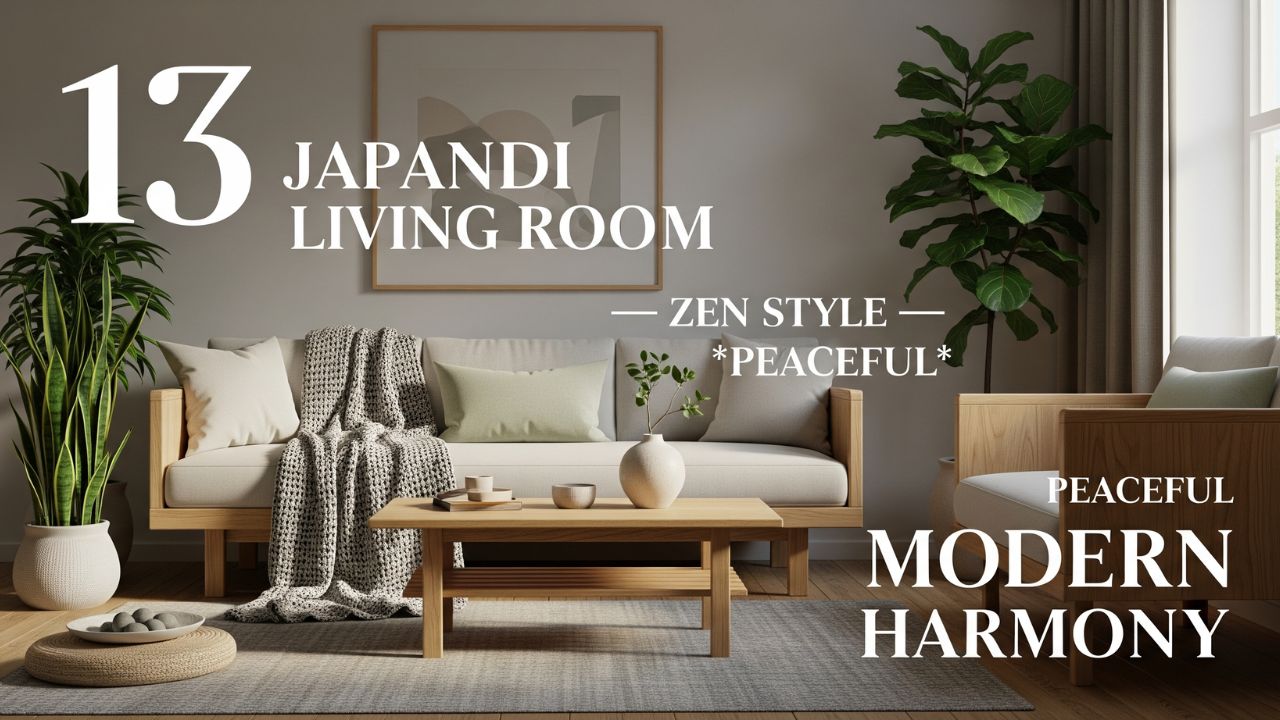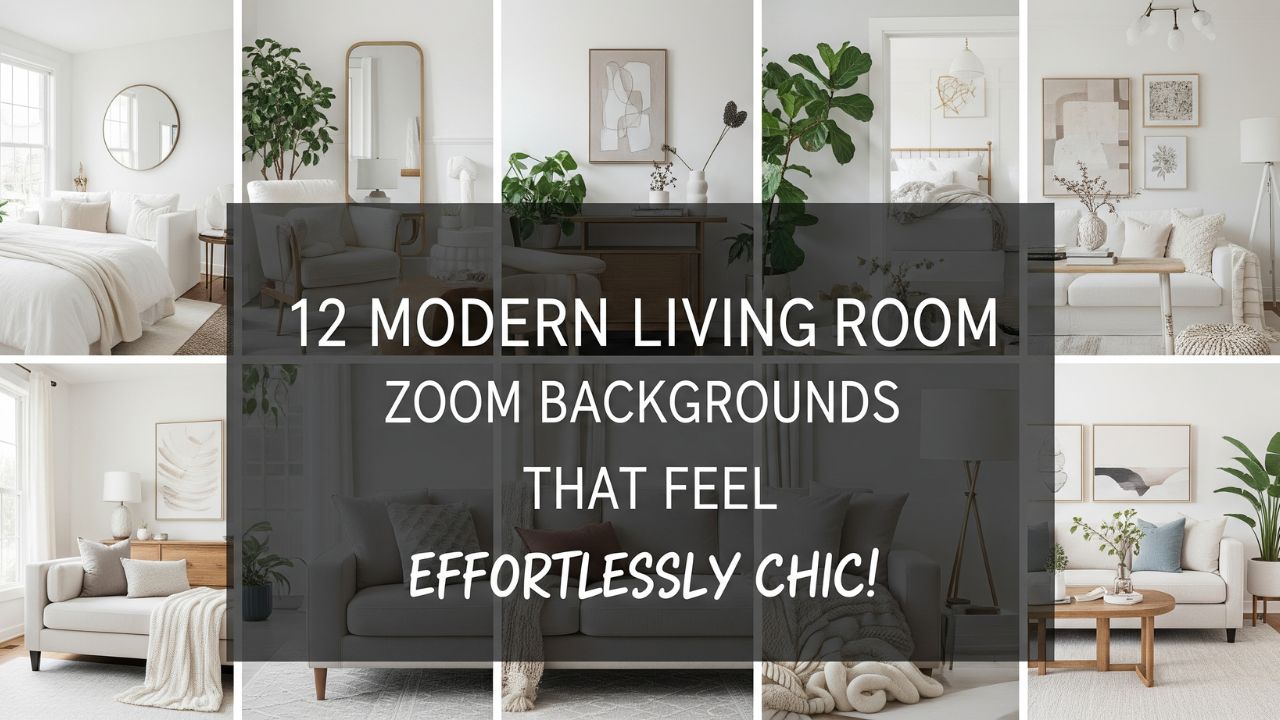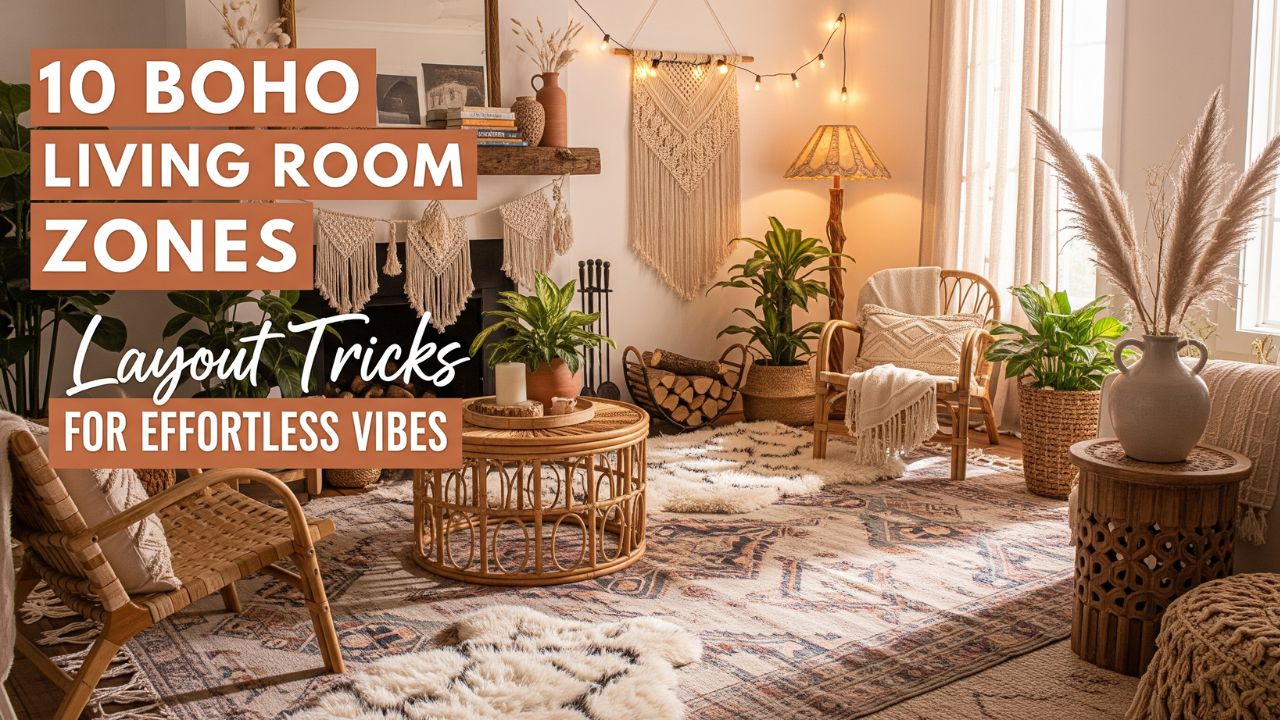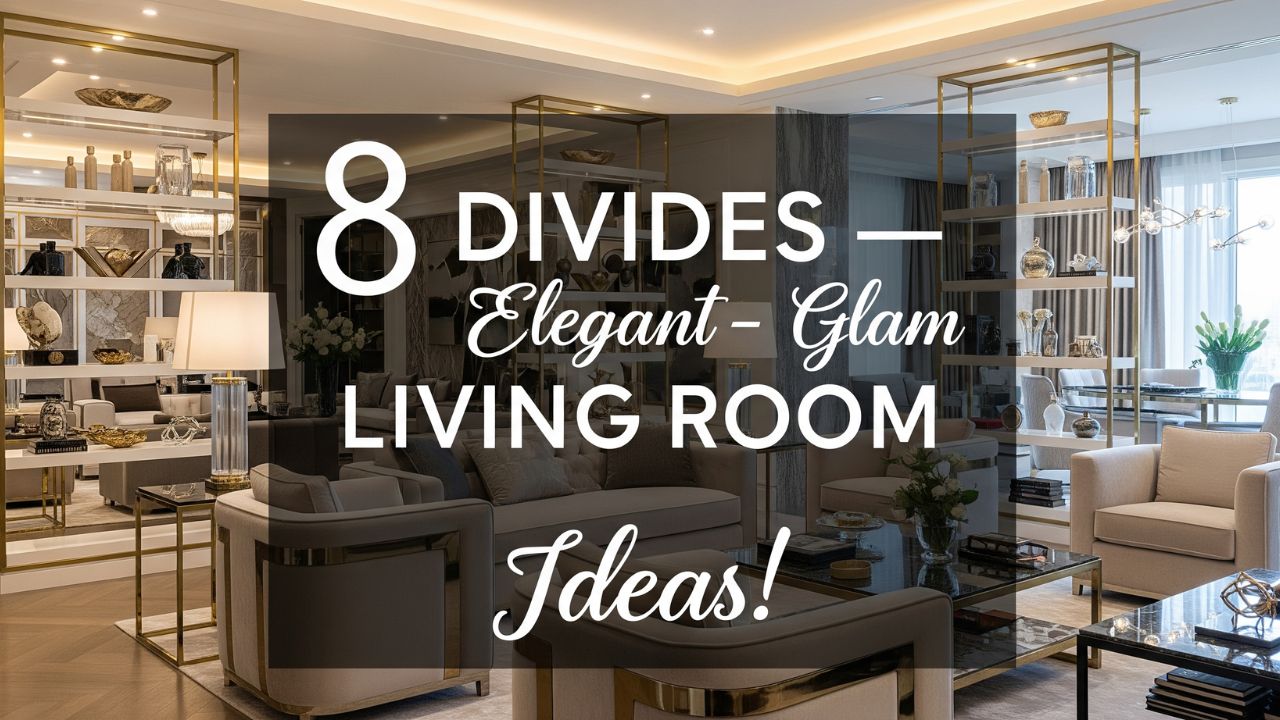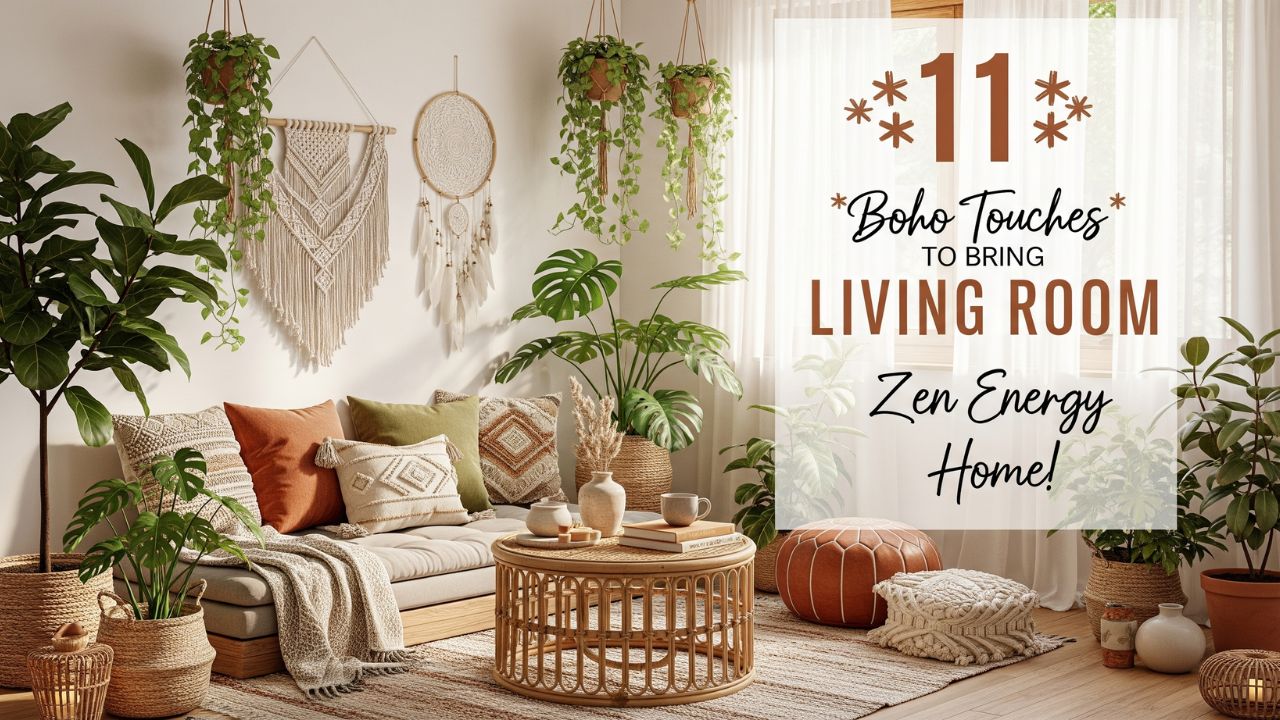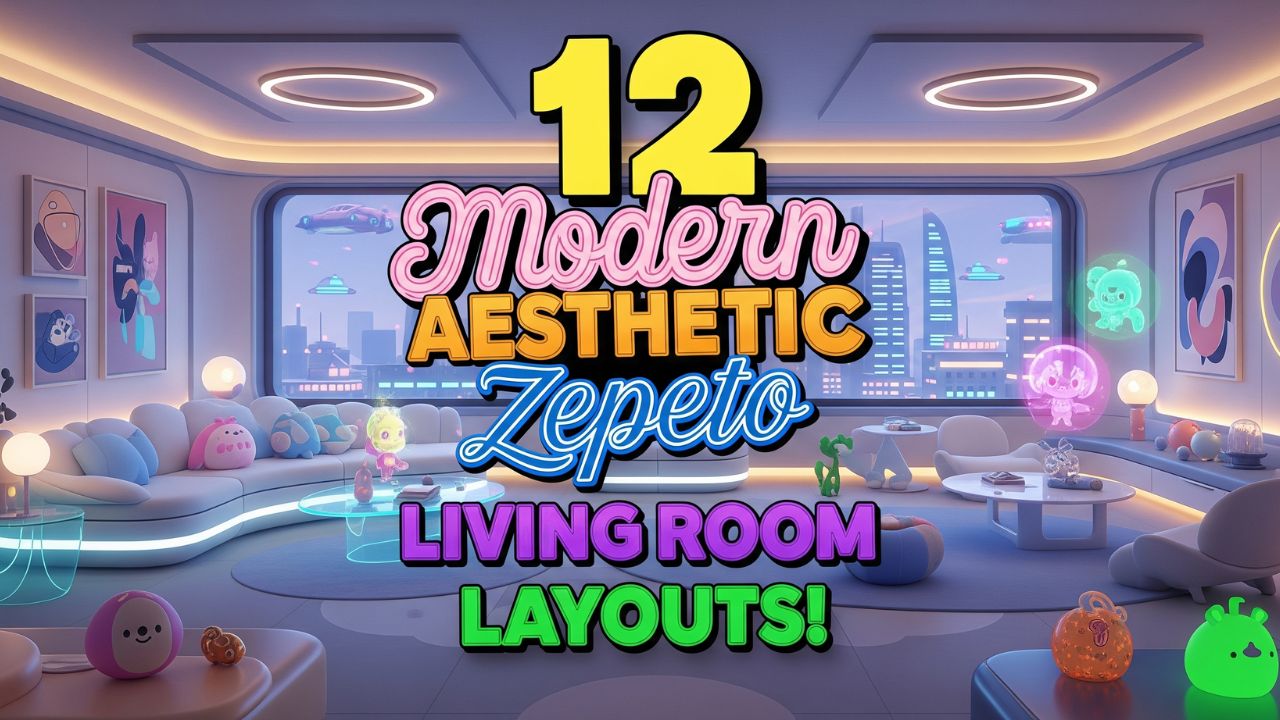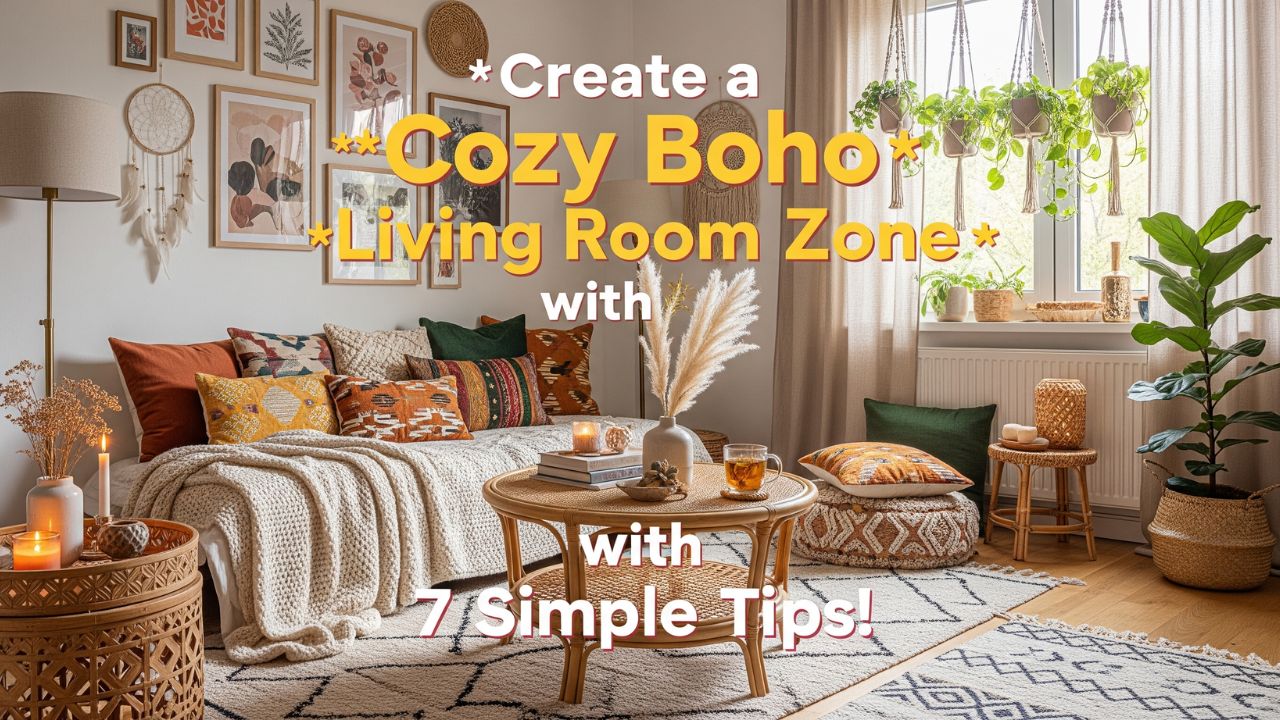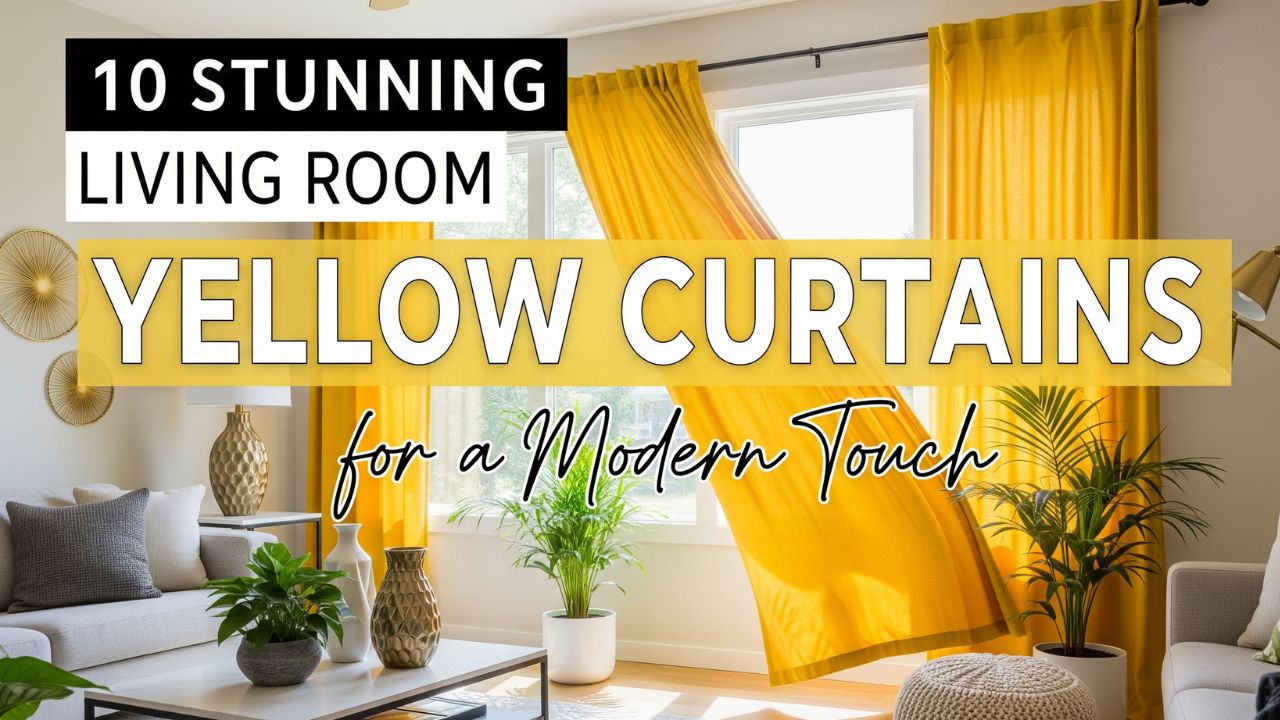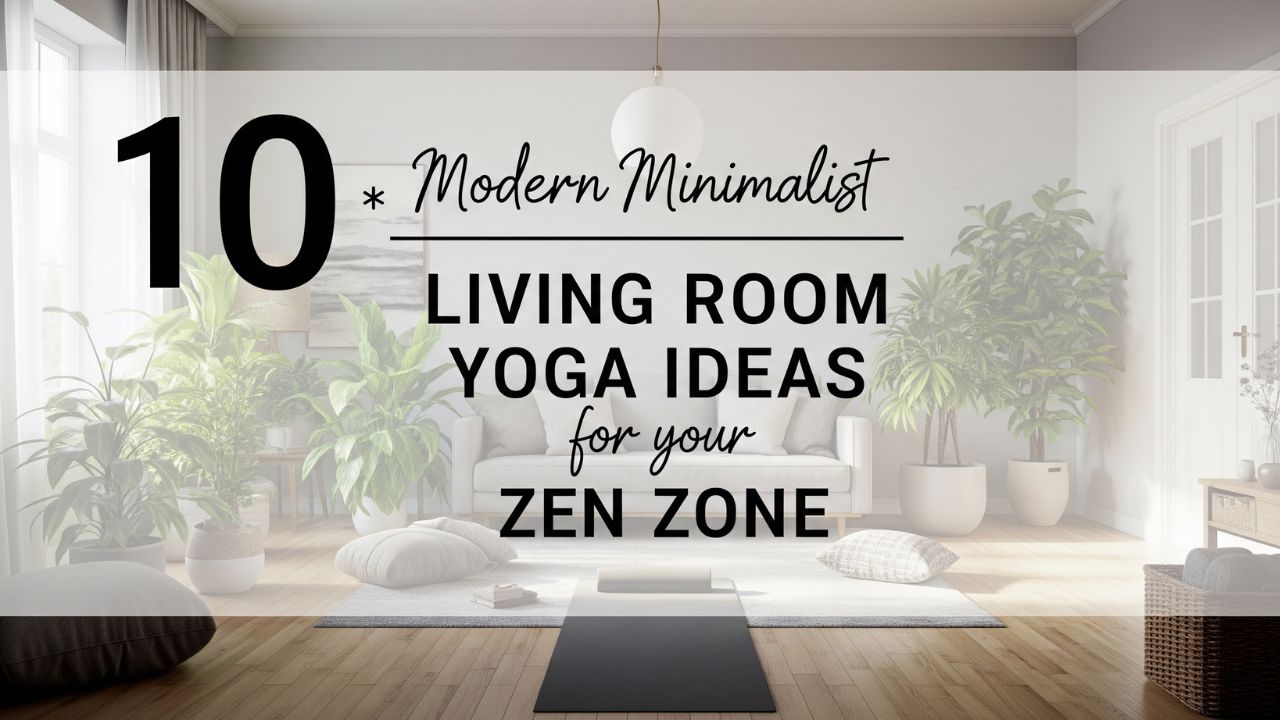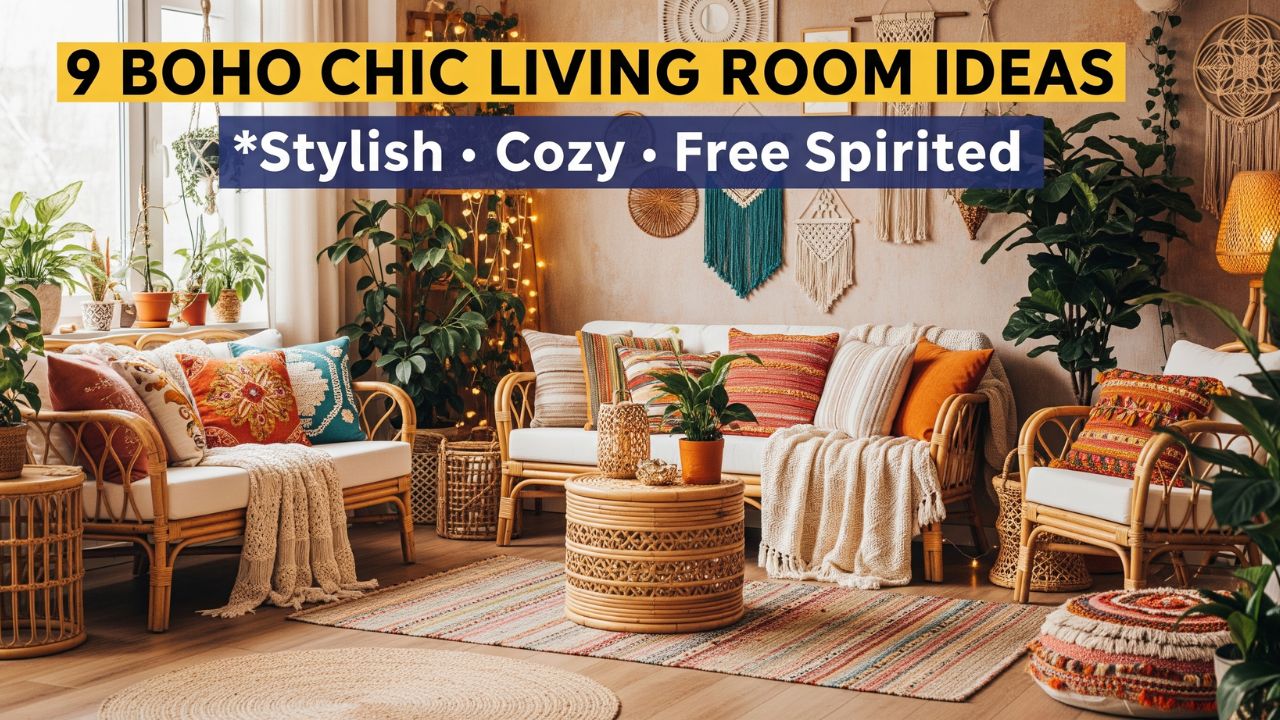There’s something magnetic about Nordic design—it feels like a breath of fresh air in a world drowning in clutter. The Scandinavian philosophy of “less but better” isn’t just about style—it’s about mindset. It’s about creating a space that feels light, open, and peaceful, even when your square footage is limited.
The Nordic approach transforms small living rooms into serene, functional retreats without sacrificing personality. Think natural textures, warm lighting, and layouts designed for comfort and flow.
But here’s the twist—most people misunderstand Nordic design. They assume it’s all white walls and gray furniture. In reality, it’s a sophisticated balance of simplicity, texture, and soul.
So if your living room feels cramped or chaotic, these 8 Nordic-inspired setup ideas will show you how to make even the tiniest space feel like a cozy sanctuary in Copenhagen.
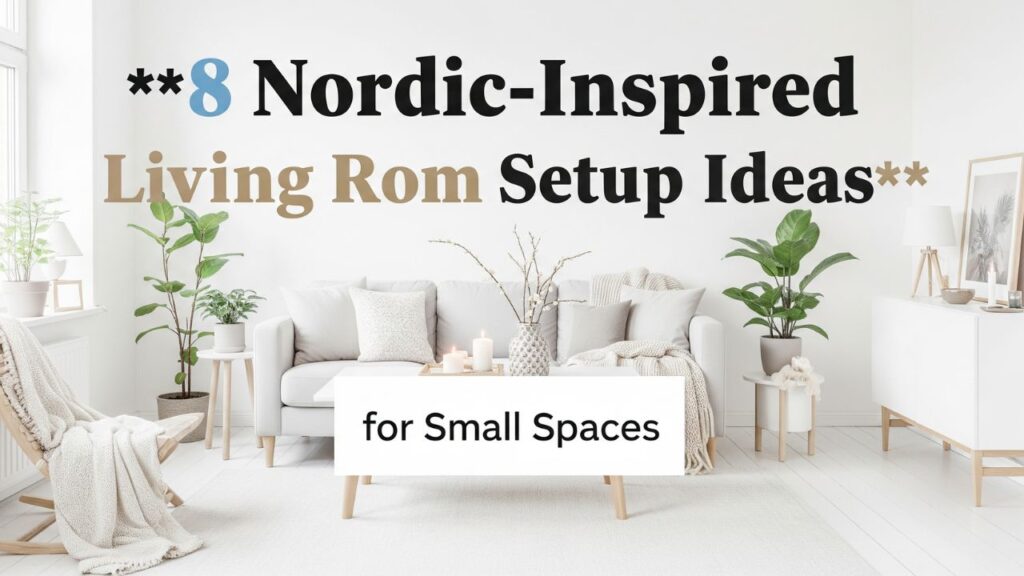
Table of Contents
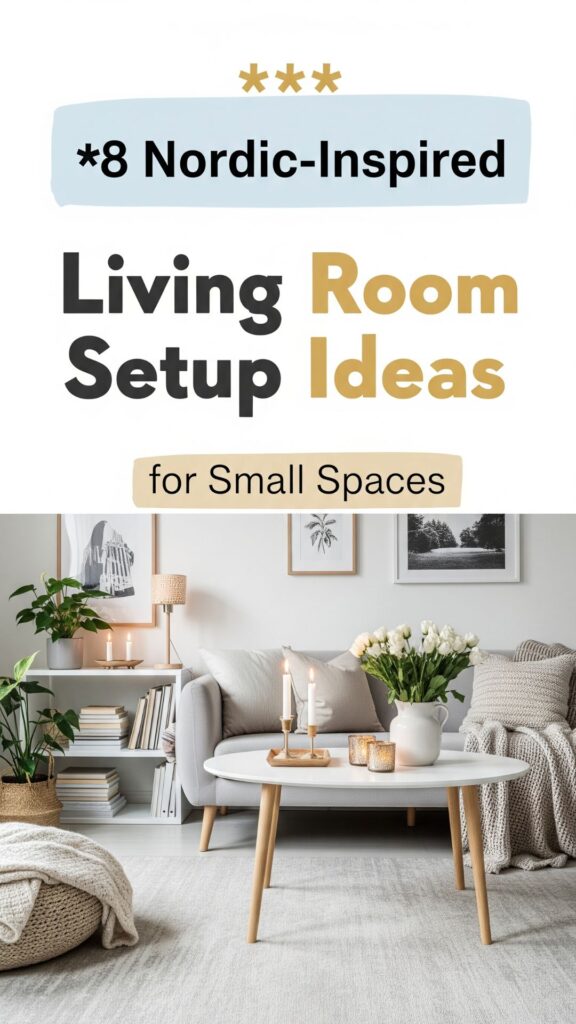
8 Nordic-Inspired Living Room Setup Ideas
1. Choose a Light, Neutral Color Palette
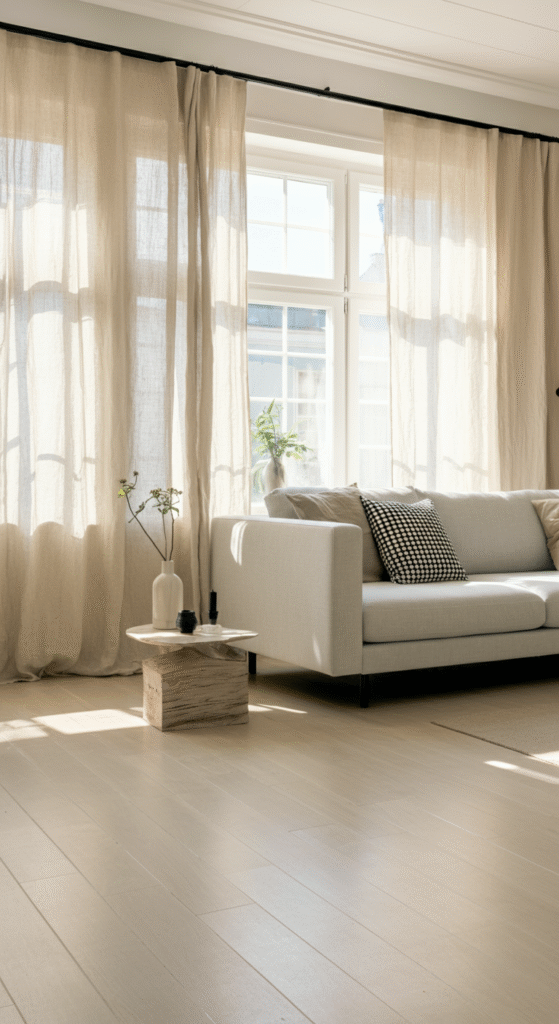
The foundation of every Nordic space begins with color—or rather, the absence of too much of it.
White, beige, taupe, and soft gray dominate Scandinavian interiors because they reflect natural light beautifully. The idea is to amplify every bit of daylight, especially in regions where winter sunlight is scarce.
Pro Tip: Layer tones of white instead of using a single shade. Combine a crisp white sofa with warm beige curtains and pale gray cushions. This subtle layering adds depth without disrupting the minimalist harmony.
Did you know? In Nordic countries, long winters inspired light-toned interiors to counter seasonal darkness and lift mood naturally.
Keep your palette muted but not monotonous. Add black or charcoal accents through frames, lamps, or rug patterns for contrast. This creates that perfect “Scandi balance” between soft and sharp.
2. Prioritize Functional Furniture with Clean Lines
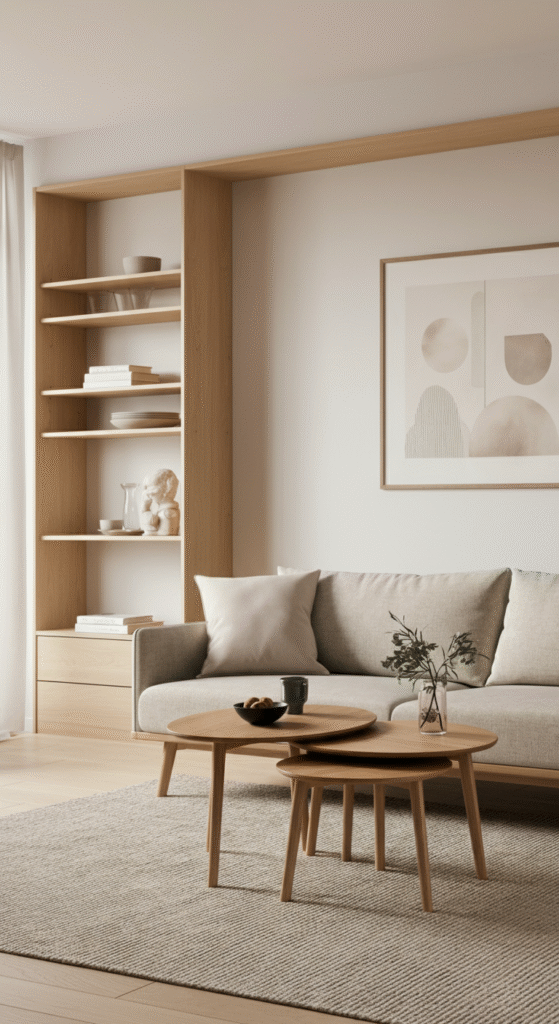
Nordic design doesn’t do “just pretty.” Everything must serve a purpose.
In small spaces, bulky furniture is your enemy. Instead, go for sleek, functional pieces with clean silhouettes. Choose a sofa with narrow arms and exposed legs to create a sense of openness. Pair it with a nesting coffee table or a modular side table that doubles as storage.
Look for craftsmanship and natural materials—oak, ash, and birch are favorites.
Fact: Nordic furniture design rose to global fame in the mid-20th century with icons like Alvar Aalto and Arne Jacobsen, who combined functionality with understated beauty.
If you can, invest in one signature piece—like a statement wooden armchair or a sculptural lamp. It acts as an anchor while keeping the overall vibe airy and refined.
3. Let Natural Light Take Center Stage
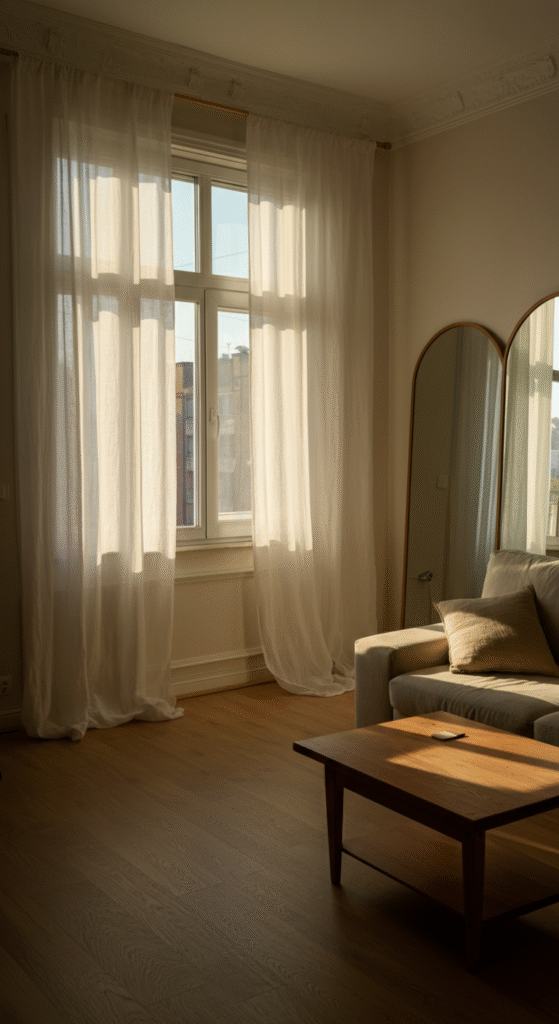
Lighting is the soul of Nordic interiors.
Forget heavy drapes or blackout curtains. The goal is to let light flow freely. Use sheer linen curtains or keep windows bare if privacy allows.
Place mirrors strategically to bounce light around, making the room appear larger and brighter.
Do you know? Scandinavians treat natural light almost like furniture—it’s designed around, enhanced, and never wasted.
For evenings, adopt a layered lighting scheme:
- Ambient: Ceiling or pendant lights with warm LED tones.
- Task: Adjustable floor or reading lamps.
- Accent: Candleholders or fairy lights for cozy ambiance (what they call hygge).
Warm, diffused lighting makes even the smallest rooms feel intimate and calm.
4. Incorporate Natural Textures and Materials
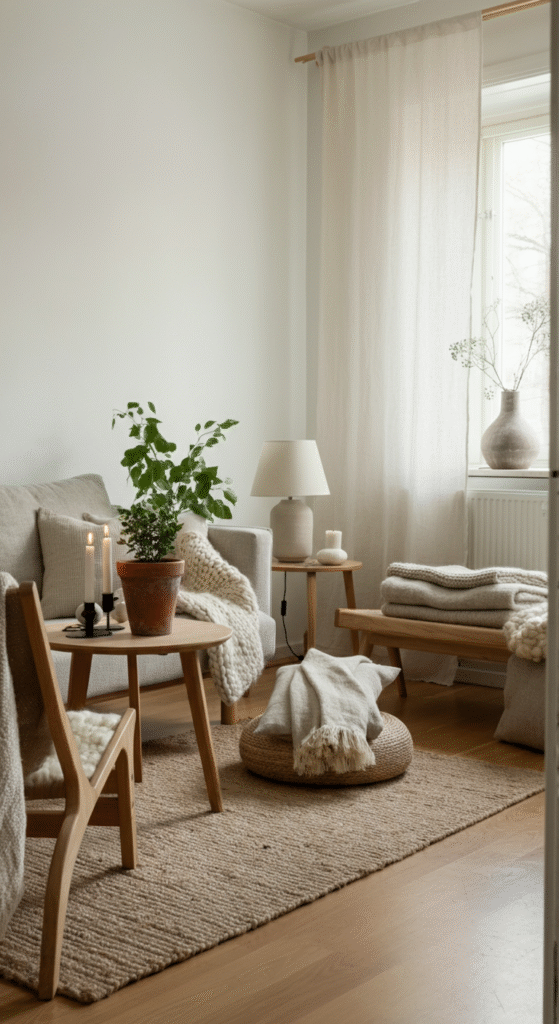
What gives Nordic interiors their warmth isn’t color—it’s texture.
Bring the outdoors in through tactile materials. Think wool throws, jute rugs, linen cushions, and wooden furniture. The mix of textures keeps the space visually rich, even in a restrained color scheme.
Try this layering trick: a chunky knit blanket over a sleek leather chair, or a woven rug beneath a glass table. It’s contrast that creates comfort.
Interesting myth: Many assume Scandinavian design is “cold.” In truth, its focus on texture, organic shapes, and earthy tones is what makes it deeply inviting.
Don’t forget greenery. A few potted plants—like snake plants or ferns—soften the minimalism and purify the air naturally.
5. Embrace the Concept of Hygge
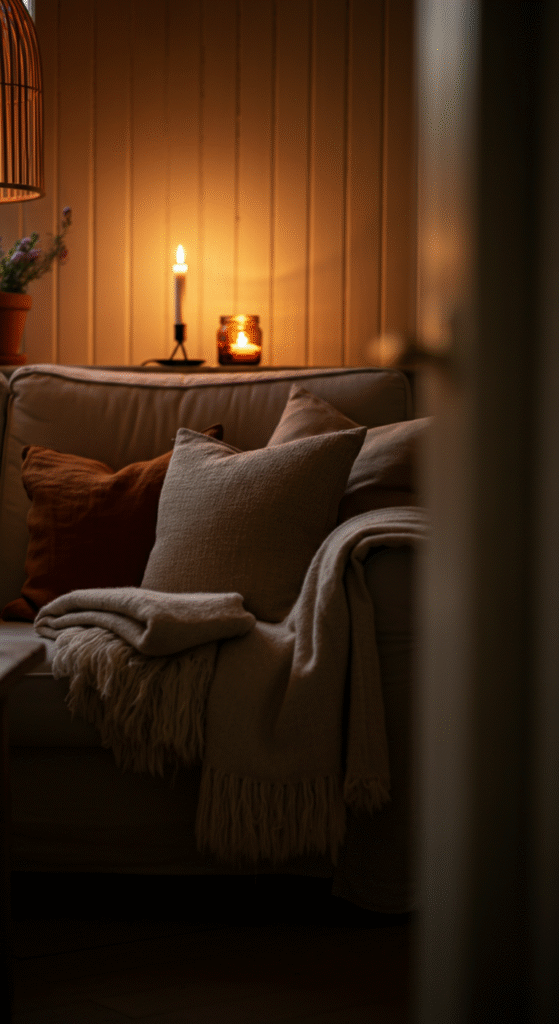
If there’s one word that defines the Nordic home, it’s hygge—a Danish term that roughly translates to “cozy well-being.”
Hygge is less about décor and more about atmosphere. It’s that moment when you sink into your sofa with a cup of tea and soft music playing in the background.
To create hygge in small living rooms, use:
- Soft lighting (candles or table lamps)
- Warm blankets and textured cushions
- Calming scents like sandalwood or cedar
- A decluttered setup that feels effortless
The secret is comfort through simplicity. Hygge doesn’t mean filling your space—it means making every detail intentional.
6. Add Subtle Artistic Touches
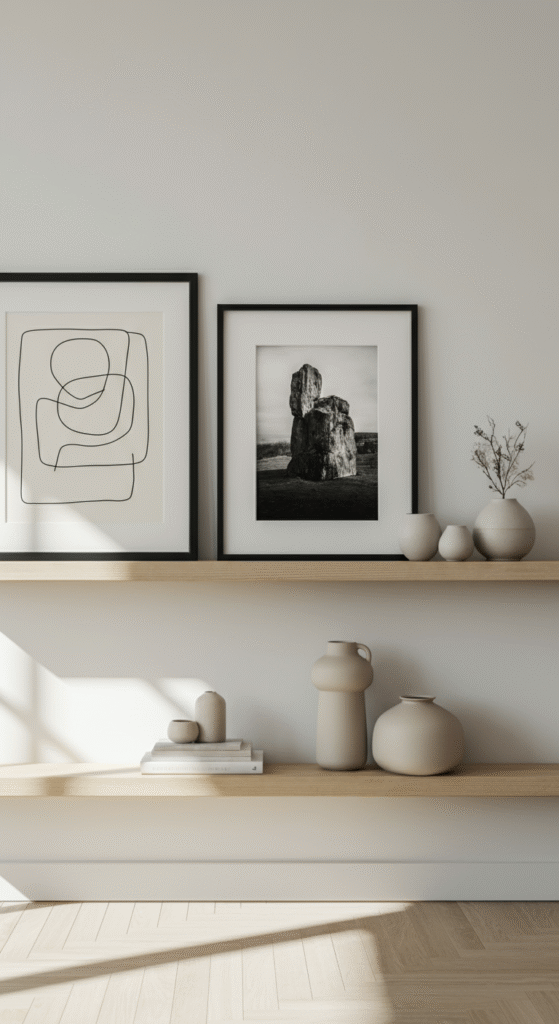
Nordic interiors love art—but not cluttered galleries.
Go for one or two statement pieces instead of filling walls with frames. A minimalist line drawing, an abstract watercolor, or black-and-white photography often fits the aesthetic best.
Choose art that complements your palette and echoes nature or geometry.
Did you know? Scandinavian artists often draw inspiration from their surroundings—icy landscapes, forests, and serene seascapes—translating them into minimalist compositions.
Floating shelves with neutral-toned ceramics or small sculptures also enhance character without overwhelming space. Less art, more impact—that’s the Nordic way.
7. Keep It Decluttered, But Personal
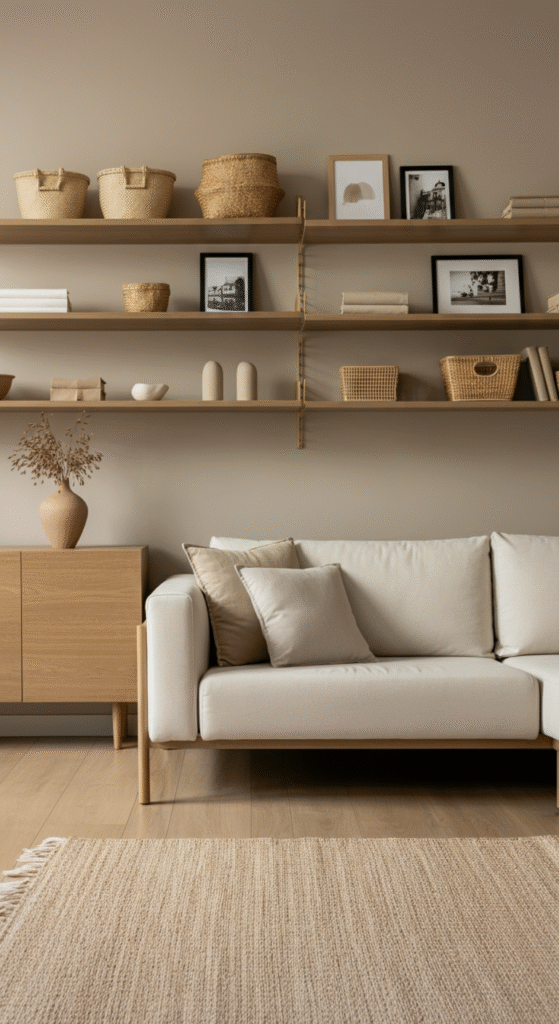
Minimalism isn’t about emptiness—it’s about intentional living.
In small spaces, visual clutter kills tranquility. Store smartly. Use hidden storage under sofas, in ottomans, or through wall-mounted shelves that blend with your walls.
But don’t strip away personality. Display a few meaningful items—a stack of travel books, a handwoven basket, or a framed family photo in muted tones.
The trick? Every object should either serve a purpose or spark joy (as the famous saying goes).
Fact: Studies in environmental psychology show that decluttered environments reduce stress and improve focus—exactly what the Nordic lifestyle promotes.
8. Layer Warmth with Textiles and Cozy Details
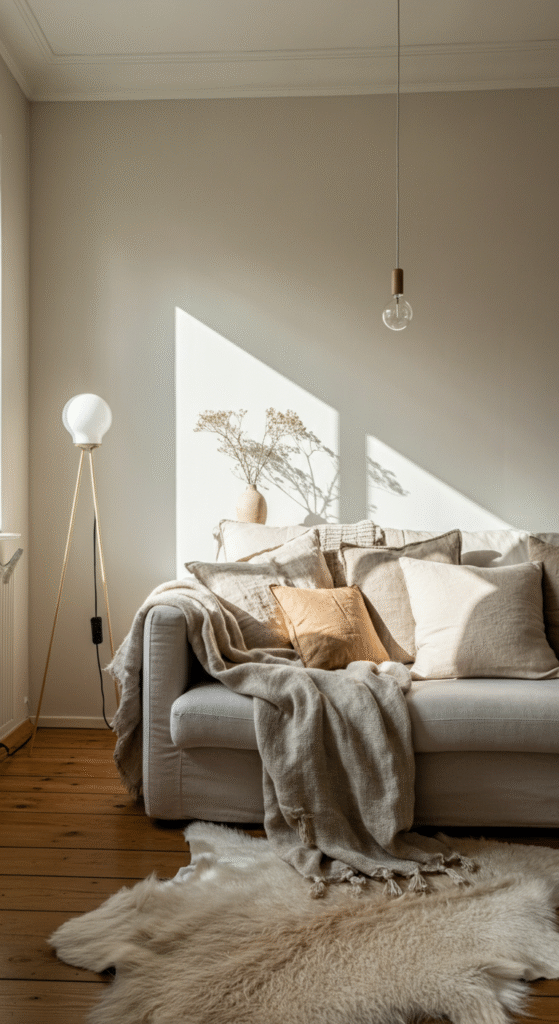
The final layer of any Nordic living room is softness.
Add warmth through textiles and cozy accents—the details that make the space feel lived-in but never messy.
Consider these essentials:
- Wool or faux-fur throws for the sofa
- Layered rugs (a flatweave base with a plush top layer)
- Linen or cotton cushion covers in tonal shades
- A chunky knit pouf or floor cushion
These layers bring visual comfort and tactile richness.
Want to enhance the effect? Mix matte and soft finishes—like pairing ceramic vases with woven baskets or linen drapes with a brushed-metal lamp.
Do you know? In Nordic homes, textiles aren’t just décor—they’re survival. Historically, they were vital for warmth during long winters, evolving into an essential design language of comfort and care.
Bonus Idea: Bring in Subtle Contrasts
Here’s one extra secret most people miss—contrast gives Nordic minimalism life.
Pair light walls with dark accents. Try a charcoal coffee table, black metal frame, or dark green plant pot. Contrast creates visual rhythm without breaking the calm.
Just remember the balance rule: for every dark element, surround it with two light ones.
This contrast principle is why Scandinavian interiors never look flat or sterile despite their restraint.
Conclusion
A Nordic-inspired living room isn’t just a style—it’s a philosophy.
It’s about embracing simplicity without sterility, comfort without clutter, and beauty without excess. When applied thoughtfully, these principles can make even the smallest space feel spacious, balanced, and alive.
Start with light colors, functional furniture, and natural light. Then add warmth through textures, art, and cozy details that reflect your personality.
Remember—the goal isn’t perfection. It’s presence. It’s about creating a space that welcomes you in after a long day and whispers peace instead of chaos.
Because true Scandinavian living isn’t about how your room looks—it’s about how it feels.
Frequently Asked Questions (FAQs)
What defines Nordic-style living room design?
Nordic design focuses on simplicity, functionality, and comfort — using light colors, natural materials, and minimal clutter.
Can I use bold colors in a Nordic-inspired living room?
Yes, but sparingly. Stick to neutral tones and use bold colors only as small accents like cushions or artwork.
How do I make a small living room look bigger with Nordic design?
Use light walls, mirrors, slim furniture, and open layouts to create a sense of space and brightness.
What materials are commonly used in Scandinavian interiors?
Wood, wool, linen, leather, and ceramics — all natural, warm, and durable materials.
What is the concept of hygge?
Hygge is a Danish concept of cozy comfort — creating a warm, inviting atmosphere that encourages relaxation and well-being.
